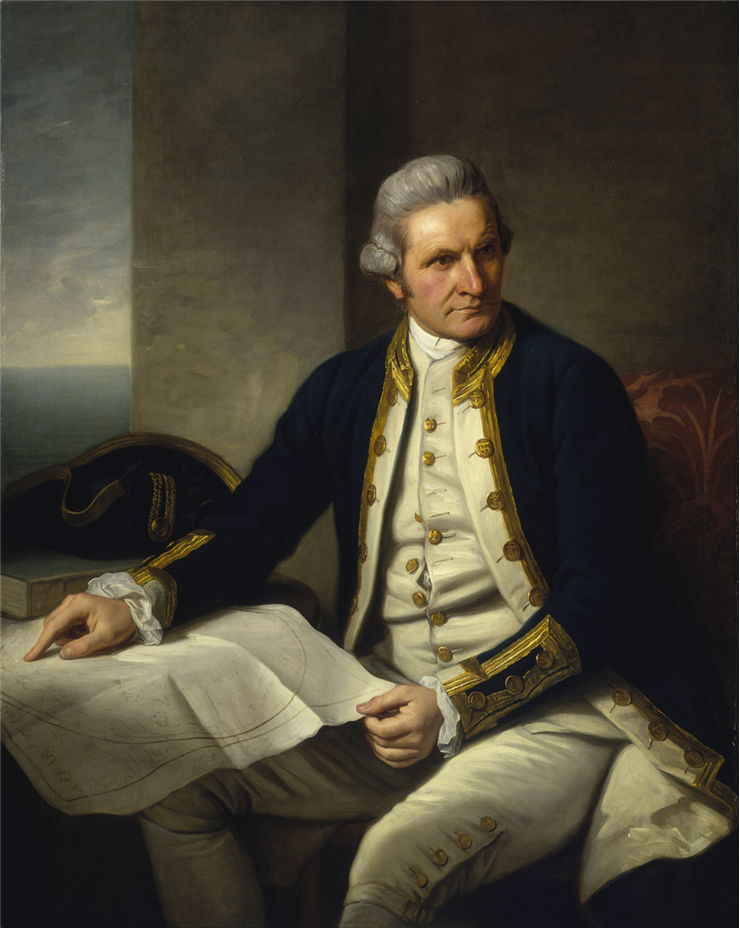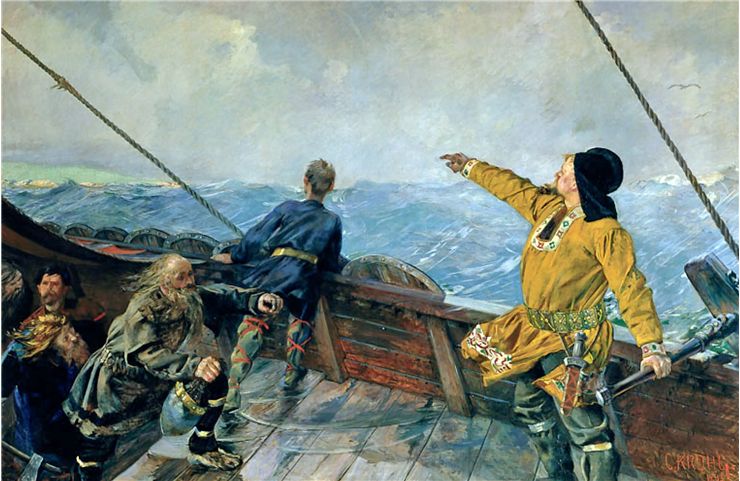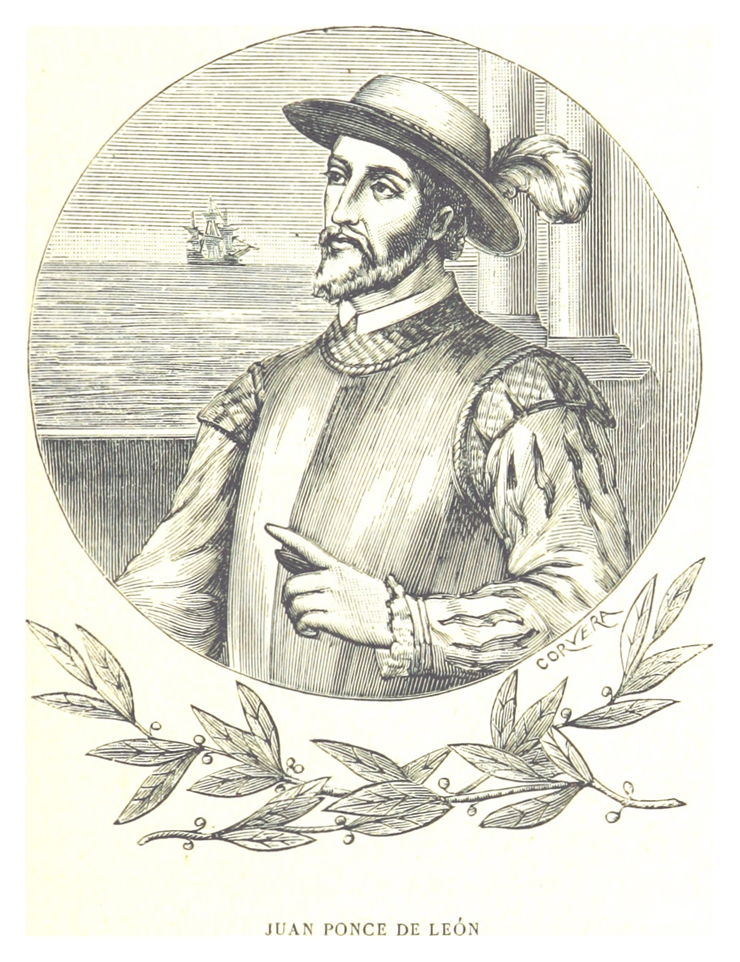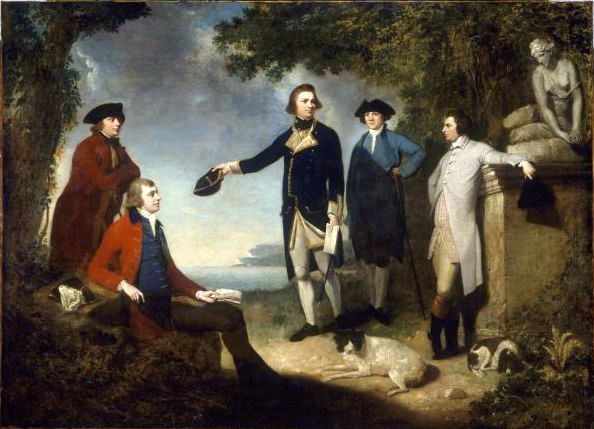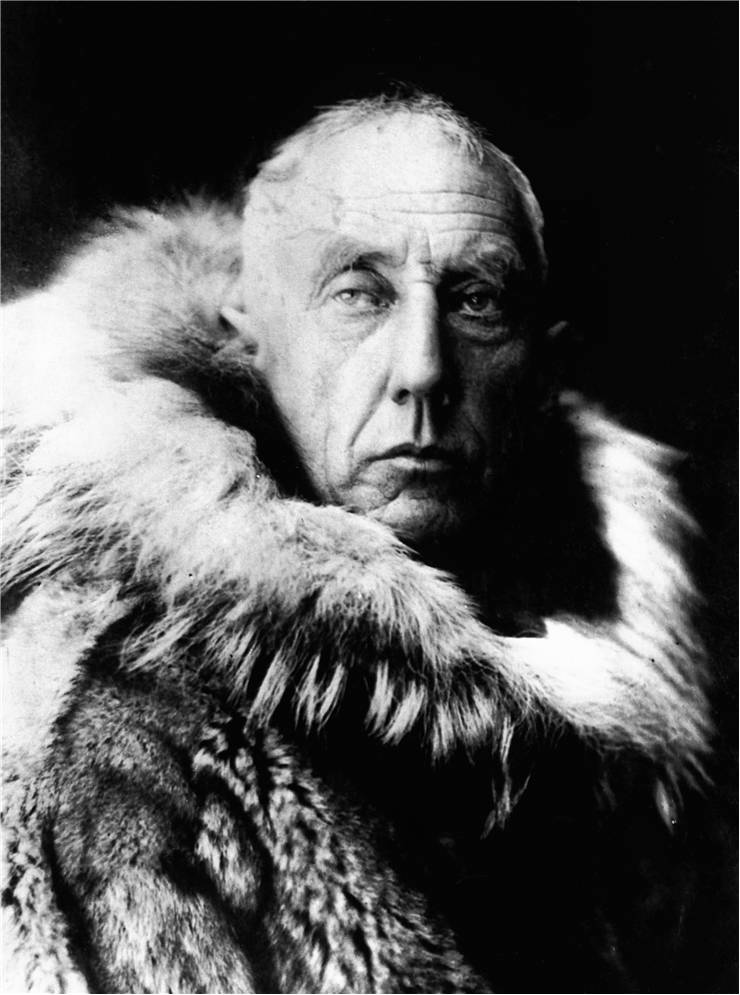Exploration of America - American Explorers
From the moment when Christopher Columbus fist set his foot on a American continent, many European countries set their sights on coquetting and colonizing this vast land filled with resources. However, first European explorer that came to America was not Columbus but a skilled Viking navigator called Leif Ericson, who around 1003 A.D managed to reach the coast of today's northern tip of Newfoundland.
Emboldened by the reports of the long and perilous journey of Christopher Columbus, many European countries established exploratory fleets with a goal to map newfound lands and claim it for themselves. To prevent any possibility of war for the lands of "New World", countries of Spain and Portugal signed the Treaty of Tordesillas in 1494. That treaty proved to be instrumental in division of South America between the Spain (todays Argentina, Chile, northern South America and Central America) and Portugal (todays Brazil).
However, before those divisionswere made, army of explorers spread across the western hemisphere. Some of the most important naval discoveries of the 15th century happened on a missions conducted by Pedro Álvares Cabral (discovered Brazil), Amerigo Vespucci (who first who realized that these newfound landsare not a part of Asia, but an entirely new continent), Giovanni Caboto (also known as John Cabot, discovered continental North America), Vasco Núñez de Balboa (who established first European settlement in Central America, and was the first who traveled across the strait of Panama to the shore of Pacific Ocean), and Juan Ponce de Leon (who was the first European who set foot on Florida).
16 century brought even more explorers to the America. Most notable discoveries of that time were conducted by Juan Rodríguez Cabrillo (reached California), Sir Humphrey Gilbert (reached Newfoundland), Francisco Vasquez de Coronado (Arizona and New Mexico), Sir Martin Frobisher (Labrador and Greenland), Sir Richard Hawkins (South America), Hernando Cortes (Central America), Jacques Cartier (Canada) and Samuel de Champlain (Canada).
Those early years of colonization were not always peaceful and great number of native North American Indian population died by the hands of armed European explorers. That can especially be said for the Spanish conquistador, who under the order of Spanish King of Castile brought the fall of the Central American Aztec Empire, and secured those lands for the Spain. Some of the best-remembered conquistadors from that time are Hernán Cortés (conquered Aztec Empire) and Francisco Pizarro (conquered Incan Empire).
After this initial wave of explorations, many explorers set their sights on the exploration of continental North America. After the purchase of Louisiana from the France in 1803, President Thomas Jefferson ordered detail examinations of the lands at the west. One of the earliest missions from that time was the legendary expedition of Lewis and Clark who while exploring the riverbed of Missouri managed to cross the Rocky Mountains and reach Pacific coast. Some other important explorers from that time were John C. Frémont (Oregon and California) and Joseph Reddeford Walker (who carted some of the most important routes for travel into American West, which were later on heavily used in the famous Californian "golden rush").
One interesting area of exploration inspired the efforts of many explorers during the period of over 300 years - The Northwestern Passage. This important naval route was sought by the explorers in hope to find viable sea route between the Northern Canada and Polar Ice, connection the Atlantic and Pacific oceans. First recorded expedition that discovered the entrance to the Northwestern Passage was the one of John Cabot in 1497. After that, passage was explored by the scores of explorers, most notably Martin Frobisher, Jacques Cartier, Henry Hudson, Jens Munk, René Robert Cavelier. From the pacific side, most notable discoveries were made by Vitus Bering (whose name is today used for Bering Strait), James Cook, and Roald Amundsen. After numerous missions from Spanish, Russian and American explorers, the real Northwestern Passage was found in 1851 by Irish explorer Sir Robert McClure.
